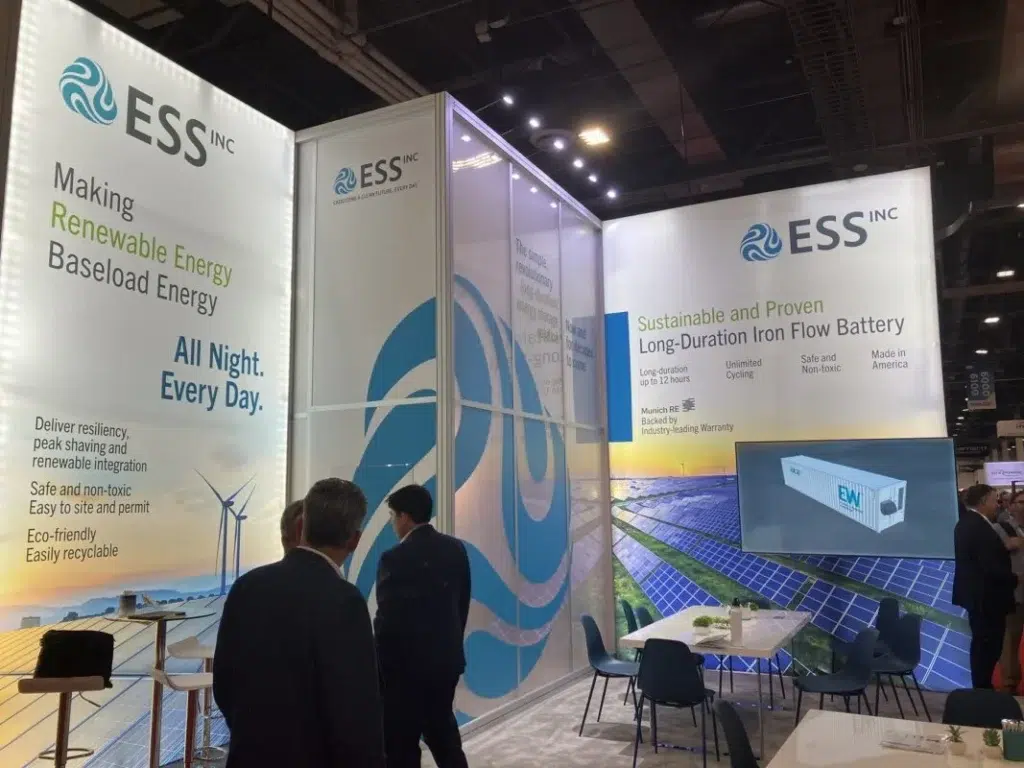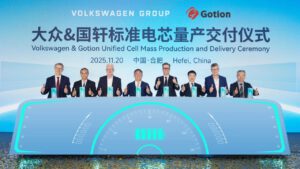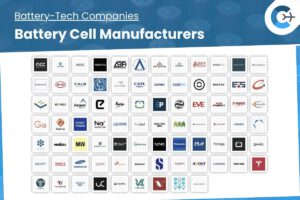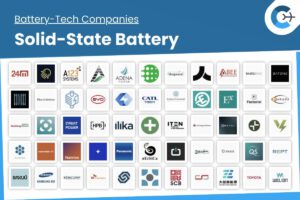In June 2025, ESS Tech, Inc., a manufacturer of iron flow long‐duration energy storage (LDES) systems, announced that it has surpassed key technical targets ahead of its planned timeline. Through a material substitution in its core stack technology, the company demonstrated energy durations of 12.2 hours at rated power and 17.8 hours at reduced power. These results also reflect gains in round‐trip efficiency (RTE), cycling durability, and iron plating robustness.
ESS says the stacking improvements represent an 18-month acceleration of its product roadmap. By lowering material costs and boosting performance, the advancements contribute to the company’s objective of delivering long-duration energy storage for under $90 per kilowatt-hour. For end users, the enhanced RTE equates to a 6.7% reduction in charge time and a 6.3% increase in daily input energy under standard test conditions. This higher energy capacity is intended to help commercial and utility customers maximize clean energy capture and support baseload power needs.
“We are in a position where we have to do things better, faster, cheaper. I am pleased to report that our shift in strategy is yielding operational efficiencies with significantly reduced cash requirements and technical results that align with the voice of our customers. We continue to make progress on key customer contracts for our U.S. manufactured, scalable Energy BaseTM solution, which further supports ongoing discussions with potential capital providers and available financing options to execute on our business plan,” said Kelly Goodman, Interim CEO of ESS.
Founded in 2011 and headquartered in Wilsonville, Oregon, ESS develops iron, salt, and water-based flow battery systems designed for commercial and utility applications. Its mission is to accelerate decarbonization by delivering safe, sustainable, long-duration energy storage that can integrate renewable power when generation from wind and solar is intermittent. The company’s technology offers more than 10 hours of flexible energy capacity, aiming to support grid reliability and resiliency around the clock.
Source: Business Wire
















